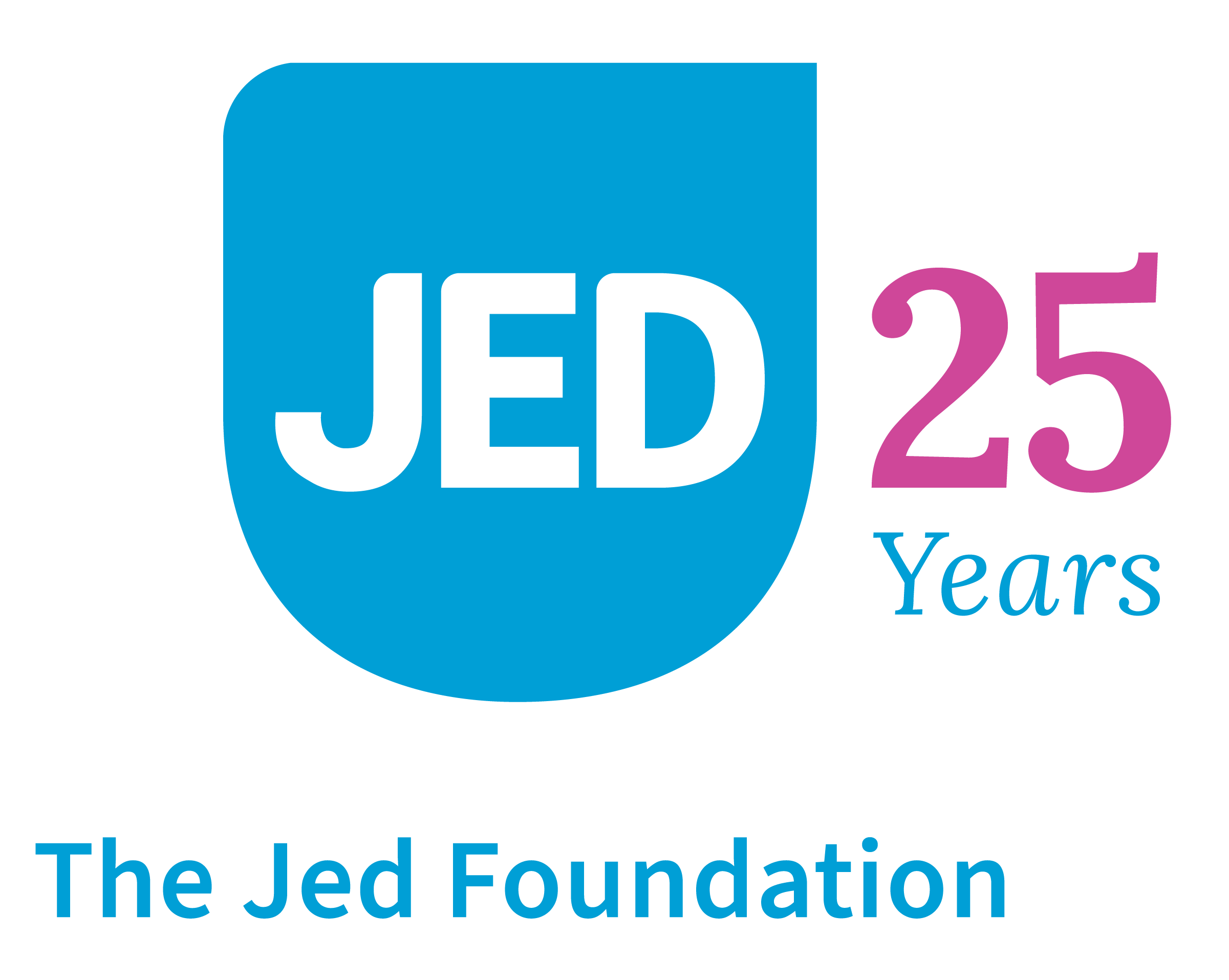Understanding Gender Identity

Gender can either be something you never think about or something that consumes you and seeps into everything you do. How is gender identity so prominent in some of our lives while others take it for granted? How can one word be so polarizing and personal? To get some of these answers, we need to start at the beginning—your beginning.
Gender vs. Sex
When most people are born, they’re given a label of either male or female based on their genitals. That label is then used to define both their sex and gender.
Medical professionals typically assign sex based on the appearance of a person’s genitals because they are most visible. The full picture of your sex, though, can’t be seen without more exploration. Sex is a combination of your anatomy, reproductive organs, and chromosomes. It’s not uncommon for sex to be more than simply male or female.
Intersex people are those whose internal organs, chromosomes, or genitals do not fit neatly into male or female boxes. Some people know they are intersex growing up, and others find out later in life.
Gender identity is different from sex or gender assigned at birth. Gender identity is how we see ourselves in terms of being male, female, neither, both, or something in between. Despite being given an assigned gender, we may realize the label just doesn’t fit.
Confirming and Affirming Our Gender Identity
As we grow up and get to know ourselves, each of us tends to develop a personal sense of our gender identity. Research shows that most of us have a strong sense of our gender by the time we are three or four years old. When your gender identity matches your gender assigned at birth, you may refer to yourself as cisgender. When your identity does not match your gender assigned at birth, you may identify as transgender.
Most people—whether they identify as transgender or cisgender—fall into a binary gender category (male or female), while others are somewhere in between (nonbinary) or don’t feel connected to either gender (agender).
Whether or not you are ready to talk to someone about your relationship with your gender identity, know that you deserve to be seen as your authentic gender. Coming out as a gender different than the one you were assigned at birth can be scary, but you are among many amazing people who also identify as transgender or nonbinary. You can—and will—find the resources and people you need to live a full and happy life.
Gender Expression
Gender identity is our internal concept of our gender, but gender expression is how we present our gender identity through our appearance—including what we wear, how we style our hair, and if and how we wear makeup. It can also be in the names and pronouns we choose for ourselves. How we express our gender may or may not conform to what our families, friends, or society associates with our sex or gender identity, but we all have the right to express our gender in ways that feel authentic and give us joy.
Gender Pronouns
Pronouns are the words we use for ourselves—and would like others to use—when referring to us. Some examples of pronouns include:
- She/her/hers
- He/him/his
- They/them/theirs
- Xe/xem/xeirs
Sometimes it feels right to use more than one pronoun (“she/they,” for example) which means either pronoun set feels OK. You may also choose to use multiple pronouns for a period of time to see what feels best. There can be a lot of exploration involved in figuring out what gender means to you, and sometimes it takes hearing other people refer to you with certain pronouns to know what hits right.
Gender Identity and Sexuality Are Entwined, but Not the Same
Your gender identity isn’t the same as your sexual orientation. Gender identity is about who you are, and sexual orientation is about attraction and who you might want to form relationships with.
Both gender identity and sexual orientation are spectrums and can change over time. It’s important to understand that your gender identity doesn’t dictate your sexual orientation. People of any gender can have any sexual orientation.
You're Not Alone
It can feel intimidating to explore something as complicated as your gender, but it can also be exciting and affirming to find the identity that feels right to you, even if it takes a little time. There is no “right” age to explore and understand your gender identity. Some people understand their identities early in life, and others come to their identities later.
If you or someone you know is struggling with challenges related to gender identity—or struggling to get others in their life to accept their identity—it’s important to reach out for support. Try contacting The Trevor Project, a leading national organization providing crisis-intervention services for LGBTQIA+ youth, by texting START to 678-678 or calling 1-866-488-7386.
If you or someone you love needs help right now:
- Text or call 988 or use the chat function at 988lifeline.org.
- Text HOME to 741-741 for a free, confidential conversation with a trained counselor any time of day.
- If this is a medical emergency or there is immediate danger of harm, call 911 and explain that you need support for a mental health crisis.






